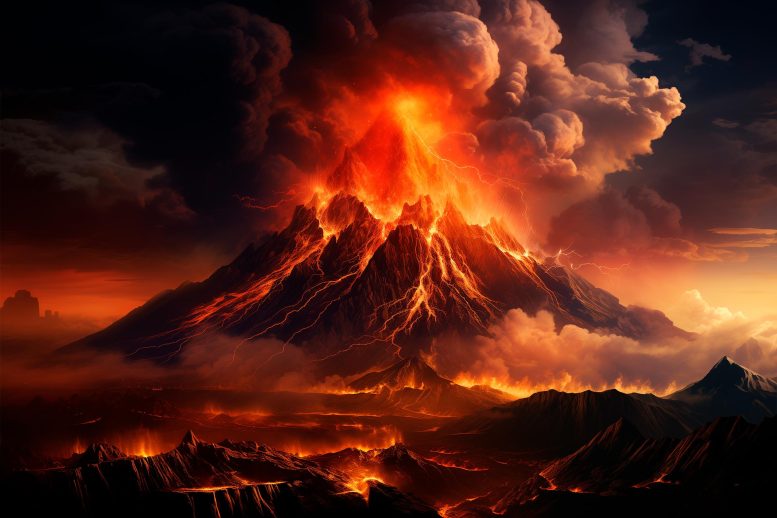
The mercury pollution and global warming that resulted from massive volcanism drove the end-Triassic mass-extinction and stressed plants for millions of years. Credit: SciTechDaily.com
New research shows that mercury pollution from volcanism caused prolonged ecological disturbances and plant stress for over a million years following the end-Triassic mass extinction.
The widely accepted link between massive flood basalt volcanism and the end-Triassic mass extinction 201 million years ago indicates that extreme climate change, ozone layer degradation, and toxic emissions were major contributors. Among these, mercury stands out due to its volatility and ability to spread globally from volcanic sources. A recent study in Nature Communications provides compelling evidence of global warming and mercury pollution persistently stressing plants long after the volcanic activity had subsided.
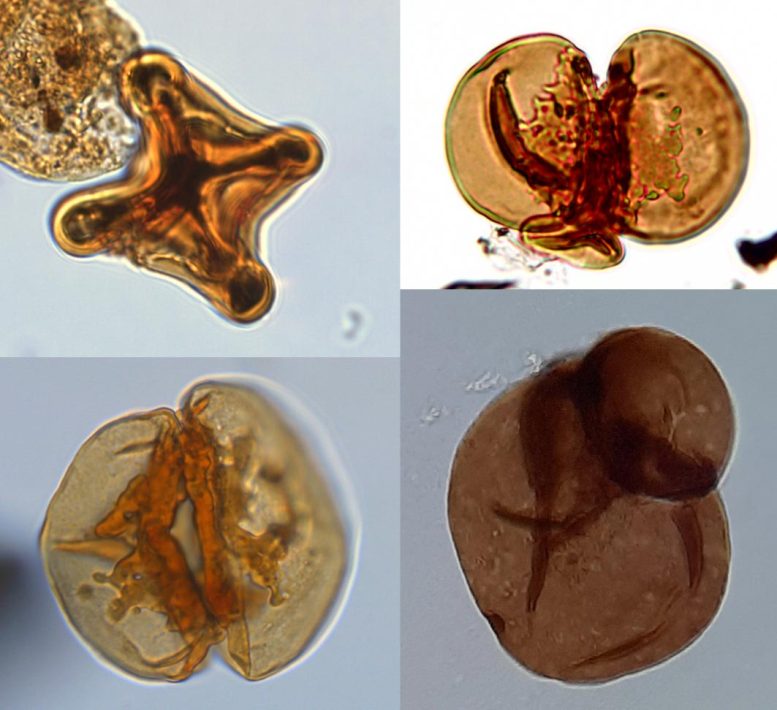
Examples of severely malformed and teratologic spores from Schandelah-1, and other locations (right top: Stenlille core, Denmark; left bottom: Pechgraben, Southern Germany; right bottom: Prees-2 core, United Kingdom). Fern spores (spores are 40 – 60 micrometers in size). Credit: Sofie Lindström (Geological Survey of Greenland and Denmark, GEUS, Stenlille) and Bas van de Schootbrugge
Persistent Environmental Stress From Mercury Pollution
An international team of scientists from the Netherlands, China, Denmark, Britain, and the Czech Republic analyzed sediments from Northern Germany, which span the uppermost Triassic to lower Jurassic period. They found a significant number of malformed fern spores, which indicated severe stress among ferns dating back 201 million years. These findings suggest prolonged environmental stress linked to mercury pollution as a significant factor following the mass extinction event.
PhD candidate Remco Bos from Utrecht University and the lead author of the study, remarked, “Seeing the sheer amount and different types of malformed fern spores in sediment samples from a coastal lagoon, dating back 201 million years ago is truly astonishing. It means there must have been very many ferns being stressed.”
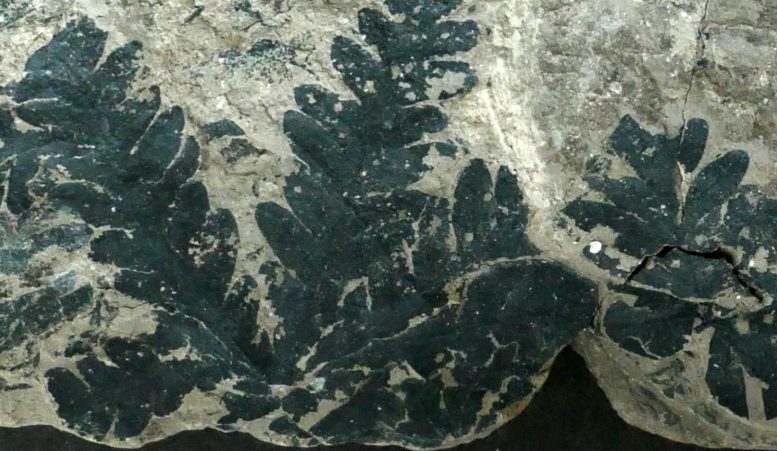
Phlebopteris fern fossil from Pechgraben, Southern Germany. Credit: Han van Konijnenburg-van Cittert
The Role of Ferns in Post-Extinction Recovery
The study shows that ferns replaced trees across vast regions in response to extreme environmental changes, such as heat stress and increased monsoonal rains. Despite widespread deforestation, ferns thrived and adapted, displaying a unique tolerance to mercury. However, the ferns were subjected to recurring stress from mercury pollution for up to 2 million years after the extinction event, affecting their spore development.
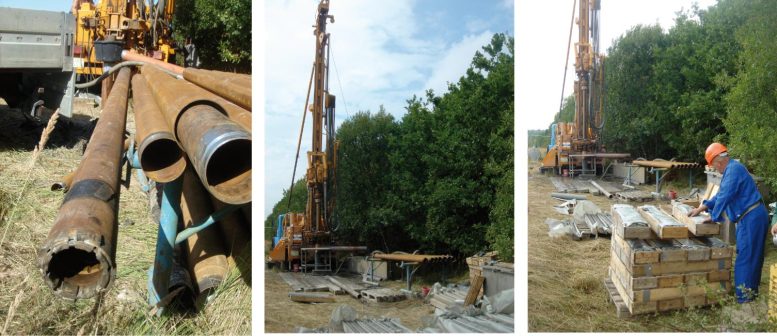
Drill site at Schandelah, close to Braunschweig in Lower Saxony, Northern Germany, during drilling campaign summer 2008. Credit: Bas van de Schootbrugge
Long-Term Effects of Mercury and Climate Variability
Bos and his team uncovered four additional episodes of high mercury concentrations corresponding to the long eccentricity cycle, a major variation in Earth’s orbit. These periods triggered repeated forest diebacks and allowed pioneer ferns to spread, with fern spore malformations indicating ongoing mercury poisoning from environmental factors other than volcanism, such as soil erosion and photochemical reduction. These findings illustrate a complex, extended period of ecological disturbance lasting over a million years after the initial volcanic events.
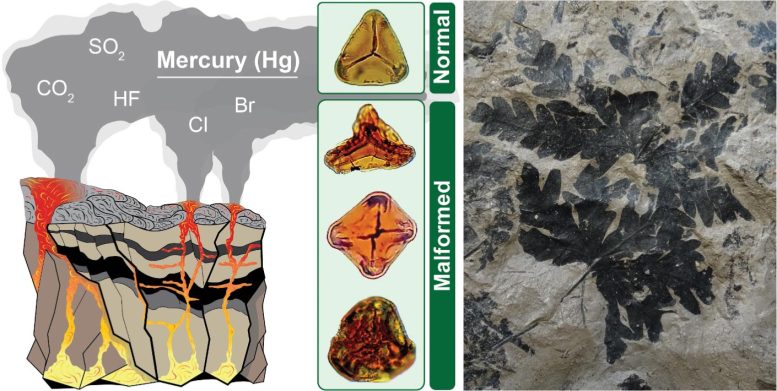
Schematic scenario for flood basalt eruptions at the Triassic-Jurassic boundary. Magma intruded into shales, coal beds and organic-rich sediments, releasing vast amounts of carbon dioxide and other pollutants, including Hg. Middle: examples of normal and malformed spores. Picture on the right: Phlebopteris. The fern fossil is from a quarry in Southern Germany (Pechgraben) from the earliest Jurassic. This location and is also known to contain aberrant fern spores. These small ferns were common in the direct aftermath of the extinction event. The fern spores are from the Schandelah-1 core. These types of spores were produced by Phlebopteris. Credit: Fern fossil (10 by 10 cm) by Han van Konijnenburg-van Cittert; Fern spores (spores are 40 – 60 micrometers in size) by Remco Bos
Reference: “Climate-forced Hg-remobilization associated with fern mutagenesis in the aftermath of the end-Triassic extinction” by Remco Bos, Wang Zheng, Sofie Lindström, Hamed Sanei, Irene Waajen, Isabel M. Fendley, Tamsin A. Mather, Yang Wang, Jan Rohovec, Tomáš Navrátil, Appy Sluijs and Bas van de Schootbrugge, 27 April 2024, Nature Communications.
DOI: 10.1038/s41467-024-47922-0

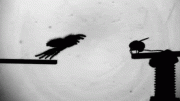
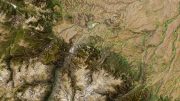


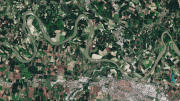
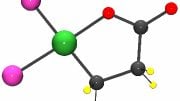


Mercury probably also played a part in the End Permian Extinction, also known as The Great Dying. Recent work has shown that coal beds were baked in an oxygen-poor environment, releasing carbon monoxide and mercury vapor, among other toxins such as coal tars.